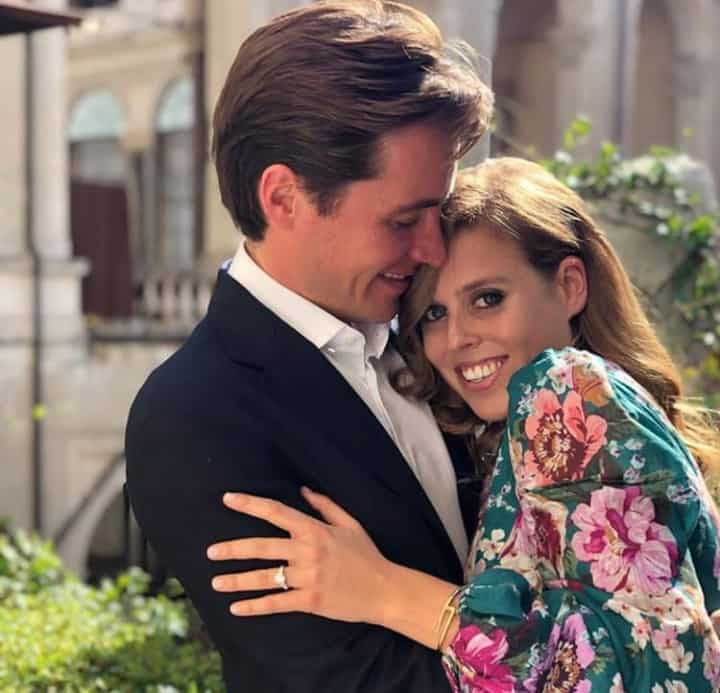The life story of Princess Fawzia .. the sad beauty
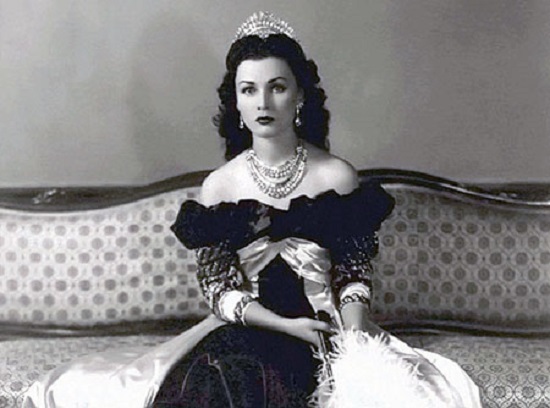
Princess Fawzia, who spent her sad life, makes us believe that no beauty, no money, no power, no influence, no jewelry, no titles can make a person happy. Between the details of her luxurious life and her sad, silent end, a thousand tears and tears, between a title and his loss, the feelings of the beautiful princess ranged between a little sadness And many, Fawzia bint Fouad was born in Ras El-Tin Palace in Alexandria, the eldest daughter of Sultan Fuad I of Egypt and Sudan (later became King Fouad I) and his second wife, Nazli Sabri on November 5, 1921. Princess Fawzia had Albanian, Turkish ancestry , French and Circassian. Her maternal grandfather was Major General Muhammad Sharif Pasha, who was of Turkish origin and held the position of Prime Minister and Minister of Foreign Affairs, and one of her great-grandfathers was Suleiman Pasha al-Fransawi, a French officer in the army who served during the era of Napoleon, converted to Islam, and supervised the reform of the Egyptian army under the rule of Muhammad Ali Pasha.
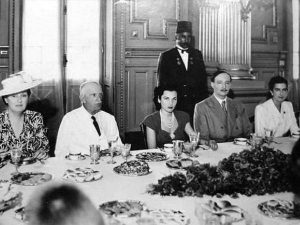
In addition to her sisters, Faiza, Faeqa and Fathia, and her brother Farouk, she had two brothers from her father's previous marriage to Princess Shwikar. Princess Fawzia was educated in Switzerland and was fluent in English and French in addition to her mother tongue, Arabic.
Her beauty was often compared with movie stars Hedy Lamarr and Vivien Leigh.

her first marriage
Princess Fawzia's marriage to Iranian Crown Prince Mohammad Reza Pahlavi was planned by the latter's father, Reza Shah. A CIA report in May 1972 described the marriage as a political move. The marriage was also significant because it linked a Sunni royal figure to a royal of the Shiites. The Pahlavi family was newly wealthy, as Reza Khan was the son of a peasant who entered the Iranian army, rose in the army until he seized power in a coup in 1921, and was keen to form a link with the Ali dynasty that had ruled Egypt since 1805.
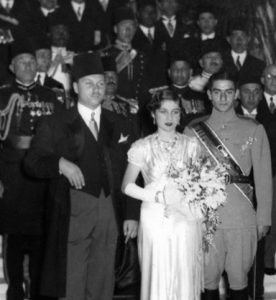
The Egyptians were not impressed by the gifts sent from Reza Khan to King Farouk to persuade him to marry his sister, Muhammad Reza, and when an Iranian delegation came to Cairo to arrange the marriage, the Egyptians took the Iranians on a tour of the palaces built by Ismail Pasha, to impress them. He married his sister to the crown prince of Iran, but Ali Maher Pasha - his favorite political advisor - convinced him that marriage and an alliance with Iran would improve Egypt's position in the Islamic world against Britain. At the same time, Maher Pasha was working on plans to marry Farouk's other sisters to the king Faisal II of Iraq and to the son of Prince Abdullah of Jordan, and plans to form a bloc in the Middle East dominated by Egypt.
Princess Fawzia and Muhammad Reza Pahlavi got engaged in May 1938. However, they saw each other only once before their marriage. They married at Abdeen Palace in Cairo on March 15, 1939. King Farouk took the couple on a tour in Egypt, they visited the pyramids, Al-Azhar University and others. One of the famous sites in Egypt, The contrast was noticeable at the time between Crown Prince Mohammad Reza, who wore a simple Iranian officer's uniform, versus Farouk, who wore very expensive costumes. After the wedding, King Farouk held a feast to celebrate the wedding at Abdeen Palace. At that time, Muhammad Reza was living in awe mixed with respect for the arrogant father Reza Khan, and was dominated by Farooq who was considerably more self-confident. After that, Fawzia traveled to Iran along with Along with her mother, Queen Nazli, on a train journey that saw several blackouts, causing them to feel like they were going on a camping trip.
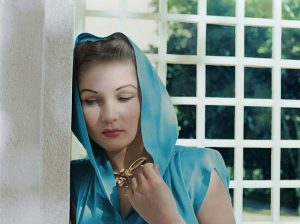
From princess to empress
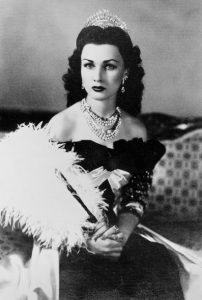
When they returned to Iran, the wedding ceremony was repeated in a palace in Tehran, which was also their future residence. Because Muhammad Rida did not speak Turkish (one of the languages of the Egyptian elite along with French) and Fawzia did not speak Farsi, the two spoke French, of which they were both fluent. Upon his arrival in Tehran, the main streets of Tehran were decorated with banners and arches, and the celebration at the Amjadiye Stadium was attended by twenty-five thousand Iranian elite in conjunction with acrobatics by students and ensued bastani (Iranian gymnastics), fencing, plus football. The wedding dinner was French style with “Caspian caviar”, “Consommé Royal”, fish, chicken and lamb. Fouzia hated Reza Khan, whom she described as a violent and aggressive man. In contrast to the French food she had grown up with in Egypt, Princess Fawzia found the food in Iran to be substandard.
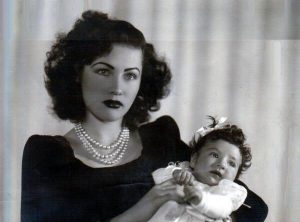
After the marriage, the princess was granted Iranian citizenship. Two years later, the crown prince took over from his father and became the Shah of Iran. Shortly after her husband's ascension to the throne, Queen Fawzia appeared on the cover of a magazine Live, donePortrayed by Cecil Beaton who described her as an "Asian Venus" with "a perfect heart-shaped face and pale blue but piercing eyes". Fouzia led the newly founded Association for the Protection of Pregnant Women and Children (APPWC) in Iran.
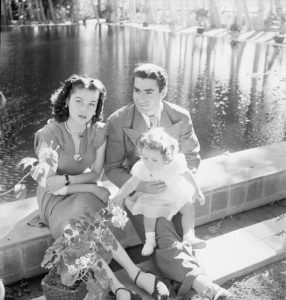
first divorce
The marriage was not successful. Fawzia was unhappy in Iran, and often missed Egypt. Fawzia's relationship with her mother and sisters-in-law was bad, as the Queen Mother saw her and her daughters as a competitor for Muhammad Reza's love, and there was constant animosity between them. One of Muhammad Reza's sisters broke a vase on Fawzia's head. Mohammad Reza is often unfaithful to Fawzia, and he was often seen with other women in Tehran from 1940 onwards. There was a well-known rumor that Fawzia, on her part, was having an affair with a person described as a handsome athlete, but her friends insist that it is just a malicious rumor. "She is a lady and has not deviated from the path of purity and sincerity," Fawzia's daughter-in-law, Ardeshir Zahedi, told Iranian-American historian Abbas Milani in a 2009 interview about these rumours. From 1944 onwards, Fawzia was treated for depression by an American psychiatrist, who stated that her marriage was loveless and that she desperately desired to return to Egypt.
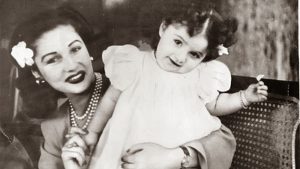
Queen Fawzia (the title of Empress was not yet used in Iran at the time) moved to Cairo in May 1945 and obtained a divorce. The reason for her return was that she viewed Tehran as backward compared to modern Cairo. She consulted an American psychiatrist in Baghdad about her troubles shortly before leaving Tehran. On the other hand, CIA reports claim that Princess Fawzia mocked and insulted the Shah due to his supposed impotence, which led to the separation. In her book Ashraf Pahlavi, the Shah's twin sister stated that it was the princess who requested the divorce, not the Shah. Fawzia left Iran for Egypt, despite many attempts by the Shah to persuade her to return, and remained in Cairo. Muhammad Reza told the British ambassador in 1945 that his mother was "perhaps the main obstacle to the return of the queen".

This divorce was not recognized for several years by Iran, but eventually an official divorce was obtained in Iran on 17 November 1948, with Queen Fawzia successfully restoring her privileges as Princess of Egypt. A major condition of the divorce was that her daughter be left to be raised in Iran. Incidentally, Queen Fawzia's brother King Farouk also divorced his first wife, Queen Farida, in November 1948
In the official announcement of the divorce, it was stated that “the Persian climate had endangered the health of Empress Fawzia, and thus it was agreed that the Egyptian king’s sister would be divorced.” In another official statement, the Shah said that the dissolution of the marriage “cannot in any way affect the existing friendly relations between Egypt and Iran.” After her divorce, Princess Fawzia returned to the Egyptian ruling court.
her second marriage

On March 28, 1949, at the Qubba Palace in Cairo, Princess Fawzia married Colonel Ismail Sherine (1919-1994), who was the eldest son of Hussein Sherine Bekko and his wife, Princess Amina, was a graduate of Trinity College in Cambridge and Minister of War and Navy in Egypt. After the wedding, they lived in one of the properties owned by the princess in Maadi, Cairo. They also resided in a villa in Smouha, Alexandria. Unlike her first marriage, this time Fouzia married out of love and was described as happier now than she ever was with the Shah of Iran.

her death
Fawzia lived in Egypt after the 1952 revolution that toppled King Farouk. It was reported incorrectly that Princess Fawzia had died in January 2005. Journalists had mistaken her for Princess Fawzia Farouk (1940-2005), one of King Farouk's three daughters. Late in her life, Princess Fawzia lived in Alexandria, where she died on 2 July 2013 at the age of 91. Her funeral was held after noon prayers at the Sayeda Nafisa Mosque in Cairo on 3 July. She was buried in Cairo next to her second husband.





